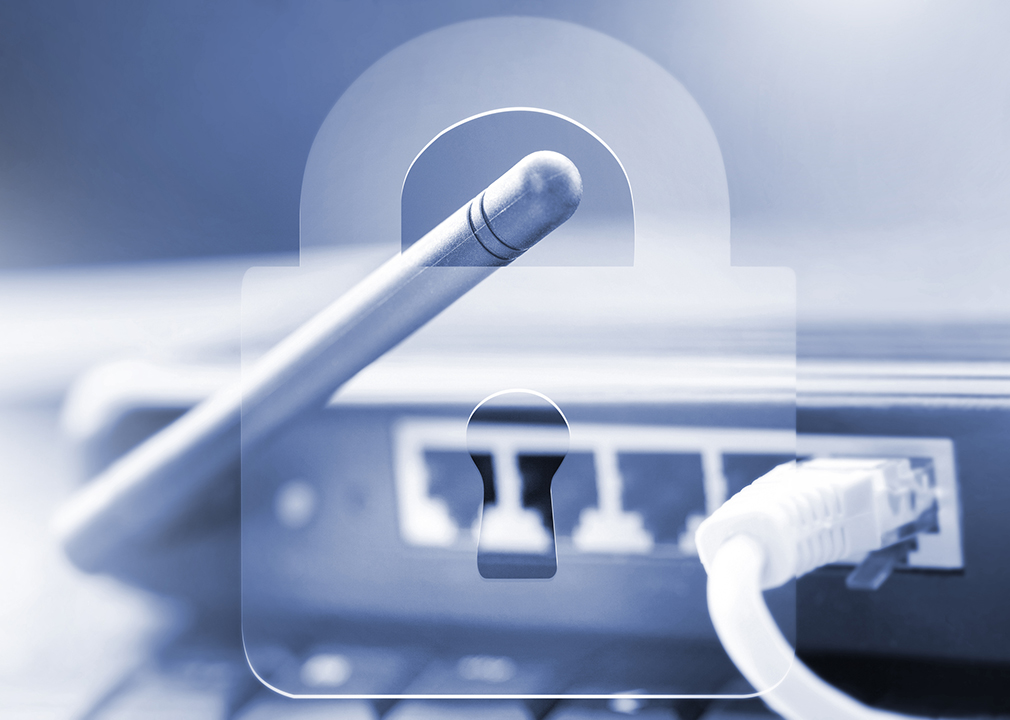With technology taking progressive leaps and transforming the traditional workspace, the security landscape is no stranger to constant evolution. That’s why it’s more important than ever to protect sensitive data in the workplace. One of the most important tech advancements is the Internet of Things (IoT), which continues to elevate how we work and interact with technology by improving efficiency and connectivity.
However, IoT devices also produce, manage, store, and share immense amounts of data within a company’s IT resources, putting them in the way of risks related to cybersecurity, third-party breaches, and data protection regulations. In addition, a study revealed that 60% of data breaches result from insider threats. These incidents have risen by 47% since 2018, costing an average of $11.5 million in losses.
So, how do we protect sensitive data from insider risks in the workplace and intercept these insider threats on the IoT? Let’s find out.
The Correlation Between IoT and Insider Threats
IoT devices comprise everything from smartphones and wearable devices to sensors and connected machinery, making them ubiquitous in a work environment. While this enhances productivity, it also leaves a company’s data more susceptible to cyberattacks and increases the potential for insider risks.
 Identifying insider threats to protect sensitive data is tricky, especially because it encompasses a wide spectrum of risks caused by individuals within the organization. These include employees, contractors, visitors, and anyone who has privileged access and knowledge of the company’s data. Insider threats can be intentional, such as malicious data theft or sabotage, or unintentional, like accidental data leaks due to negligence.
Identifying insider threats to protect sensitive data is tricky, especially because it encompasses a wide spectrum of risks caused by individuals within the organization. These include employees, contractors, visitors, and anyone who has privileged access and knowledge of the company’s data. Insider threats can be intentional, such as malicious data theft or sabotage, or unintentional, like accidental data leaks due to negligence.
The inherent connectivity of IoT devices means that once a device is compromised, it can serve as an entry point to the entire network. Insider threats in IoT devices are particularly dangerous because insiders have legitimate access to systems, making it harder to detect anomalies in their behaviors until it’s too late.
Challenges of IoT in the Workspace
The introduction of IoT devices in the workplace brings several challenges, especially concerning insider threats. These challenges highlight the need for a robust IoT device management system explicitly tailored to the complexities introduced by IoT devices in the workplace.
1. Unauthorized Access
Insiders can exploit IoT devices to gain unauthorized access, making it harder to protect sensitive data effectively. Devices with weak security protocols can be manipulated to bypass standard security measures, leading to significant breaches.
For instance, a casino’s high-roller database was compromised through an internet-connected fish tank thermometer. An attacker gained access to the network through this IoT device, underscoring the risks of poor IoT security and the potential for unauthorized access.
 2. Data Exfiltration
2. Data Exfiltration
Insiders can use IoT devices to exfiltrate data, further complicating the efforts to protect sensitive data from being stolen. Given the constant data flow between IoT devices and company servers, insiders can exploit these channels to siphon off proprietary and customer information without raising immediate suspicion.
To illustrate, imagine an employee at a manufacturing firm using connected machinery to transmit confidential design documents to a competitor to gain trust and employment. In this data exfiltration scheme, IoT devices allowed the insider to mask the activity among regular device communications.
3. Operational Disruption
IoT devices can be leveraged to disrupt operations and systems. Insiders with malicious intent can cause system malfunctions or downtime, negatively impacting service delivery, organizational productivity, and overall reputation.
For example, a disgruntled former smart building management company employee manipulated the building’s IoT system remotely, causing severe disruptions in the heating, ventilation, and air conditioning (HVAC) systems. This action affected the building’s operational efficiency and posed safety risks to occupants.
4. Shadow IT
Using unauthorized IoT devices in the workplace, often called shadow IT, poses a significant security risk. Employees may bring their own IoT devices to work, such as personal fitness trackers or smart speakers, which may not comply with the organization’s security policy. These devices can introduce vulnerability and provide insiders additional avenues to access sensitive data.
For instance, when an employee brought a personal IoT-enabled voice assistant to work, it inadvertently recorded and transmitted sensitive business conversations to an external server, leading to a potential data breach.

Best Practices for Mitigating IoT Insider Threats
Mitigating insider threats related to IoT devices requires a multifaceted approach, integrating technology, policy, and awareness.
1. Monitor the Inventory of IoT Devices
Keeping an up-to-date inventory of all IoT devices within the organization is essential. This helps track device status, ownership, and connectivity, which is essential to protect sensitive data if a device shows signs of compromise. Ensuring that deployed devices can be remotely managed and updated via firmware security updates is also critical.
2. Implement Role-Based Data Access Controls
 Limiting data access based on roles ensures that only authorized personnel can access sensitive information. Restricting access to data on a need-to-know basis significantly reduces the risk of insider threats.
Limiting data access based on roles ensures that only authorized personnel can access sensitive information. Restricting access to data on a need-to-know basis significantly reduces the risk of insider threats.
3. Test IoT Devices for Vulnerabilities
It is crucial to test IoT devices for vulnerabilities regularly. Penetration testing and vulnerability assessments help identify and remediate weaknesses before insiders or external attackers can exploit them.
4. Assess Regular Security Posture
Conducting frequent security posture assessments helps understand IoT devices' current security state and identify areas for improvement. These assessments should include both technical and policy-related evaluations.
5. Spread Awareness and Train Employees
Educating employees about the potential risks associated with IoT devices and insider threats is vital. Regular training sessions can help employees recognize suspicious activities and the importance of following security protocols.
6. Develop an Incident Response Strategy
A well-defined incidental response strategy ensures that the organization can quickly and effectively respond to security incidents. This insider risk management strategy includes steps for containment, eradication, recovery, and post-incident analysis to protect sensitive data and prevent future occurrences.
7. Align the Use of IoT Devices with Privacy Laws
Ensuring that the use of IoT devices complies with relevant privacy laws and regulations is crucial. As is working with a vendor that integrates device security in the IoT solutions. This includes understanding and implementing data protection requirements to avoid legal repercussions and enhance trust with customers and stakeholders.
8. Adhere to Industry Standards and Guidelines
Following industry standards and guidelines for IoT security helps establish a baseline for protecting IoT devices. Standards such as ISO/IEC 27001 and NIST’s Cybersecurity Framework provide comprehensive guidelines for securing information systems, including IoT.
Get Our Technical Brief
Learn about FIPS 140-2 and Digi device security
Download PDF
Parting Thoughts
As we step into the tech-driven era of work environments, companies worldwide are reaping the benefits of IoT connectivity in the workplace. IoT devices offer unprecedented opportunities for efficiency, innovation, and connectivity. However, these benefits come with significant security risks, particularly concerning insider threats.
Balancing organizational connectivity and security is crucial. Companies must take a proactive approach to implementing robust security measures to avoid compromising the integrity and data of the workplace. By understanding the correlation between IoT and insider threats and adopting best practices for mitigation, businesses can better protect sensitive data and ensure a secure, efficient, and productive work environment.
As IoT continues to shape the future of work, addressing the multifaceted challenges posed by insider threats is paramount. Through vigilance, continuous improvement, and a culture of security awareness, organizations can safeguard their most valuable assets in an increasingly interconnected world.
Next Steps
About the Author
 Jodie Hurst is a financial analyst, turned entrepreneur, who advises businesses on using technology to manage teams, upskill staff, and streamline business processes.
Jodie Hurst is a financial analyst, turned entrepreneur, who advises businesses on using technology to manage teams, upskill staff, and streamline business processes.